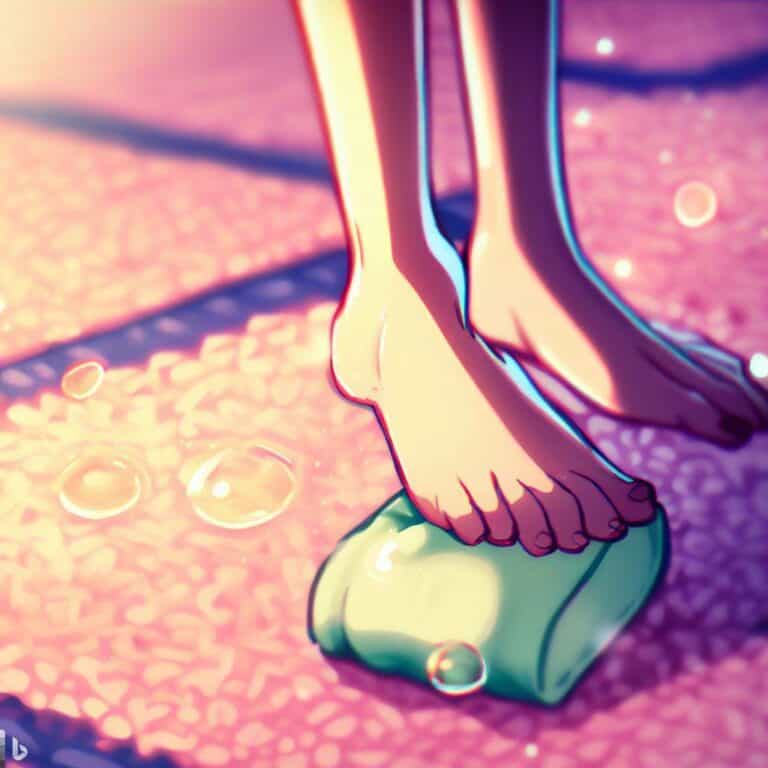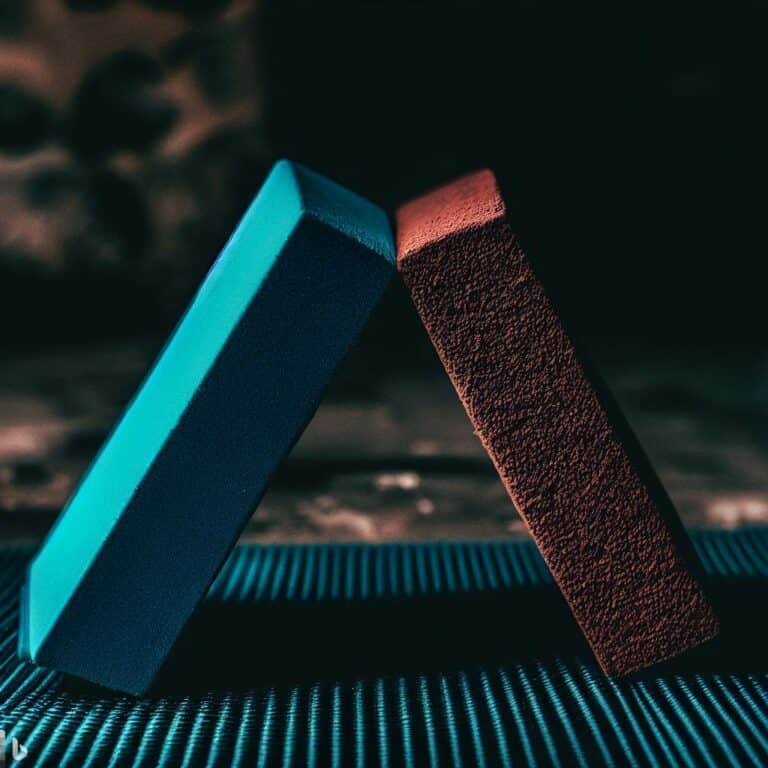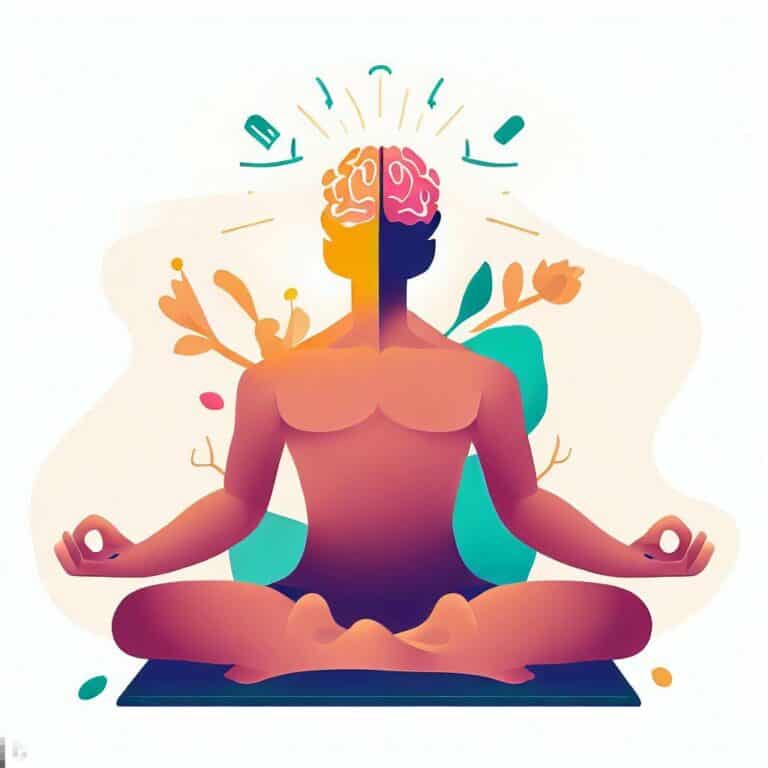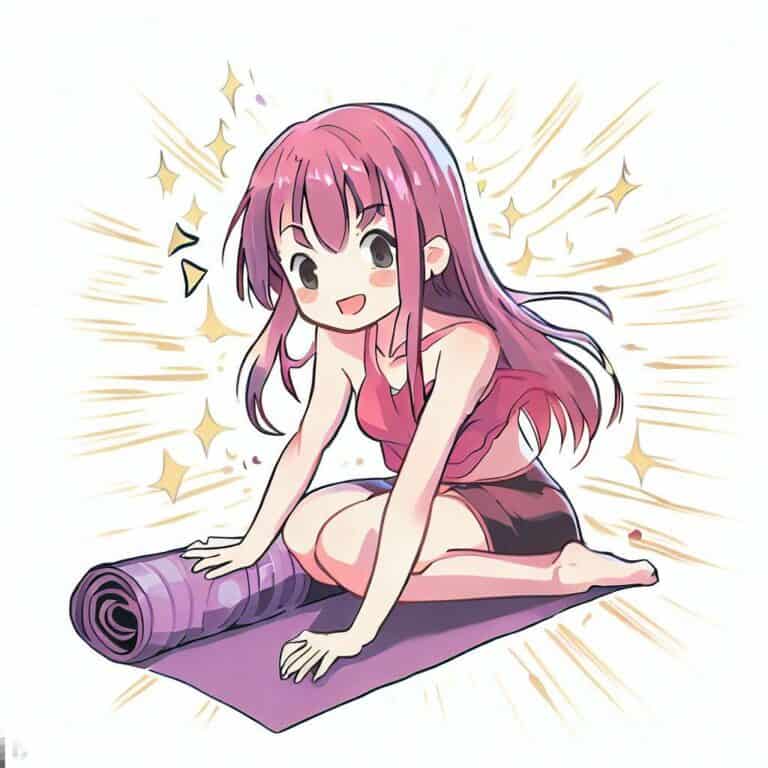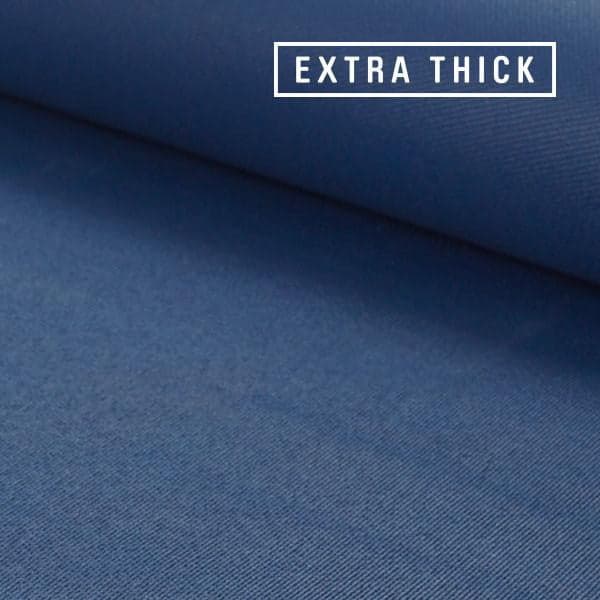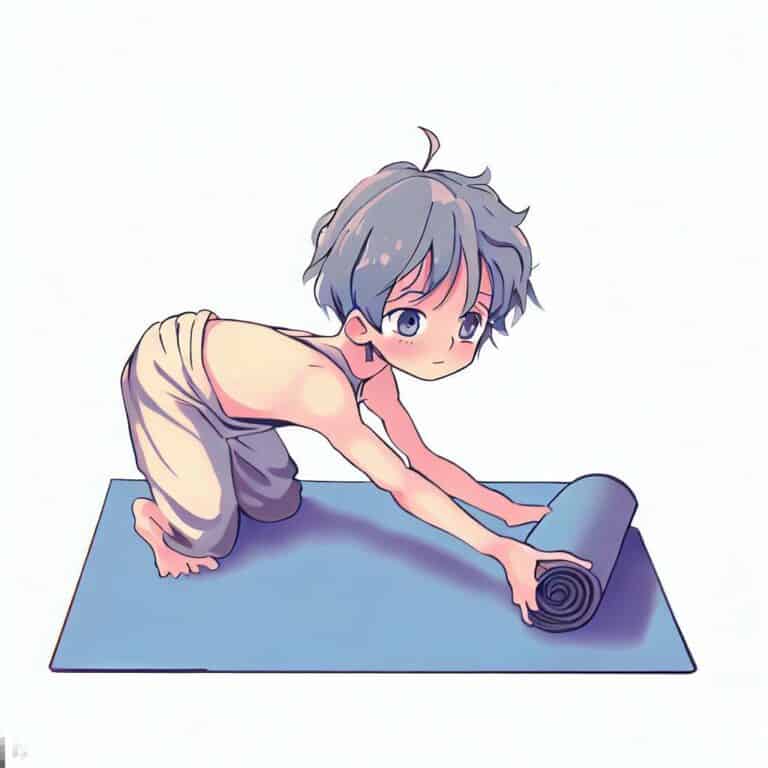Value of Yoga Block Sets: Are They Worth the Investment?
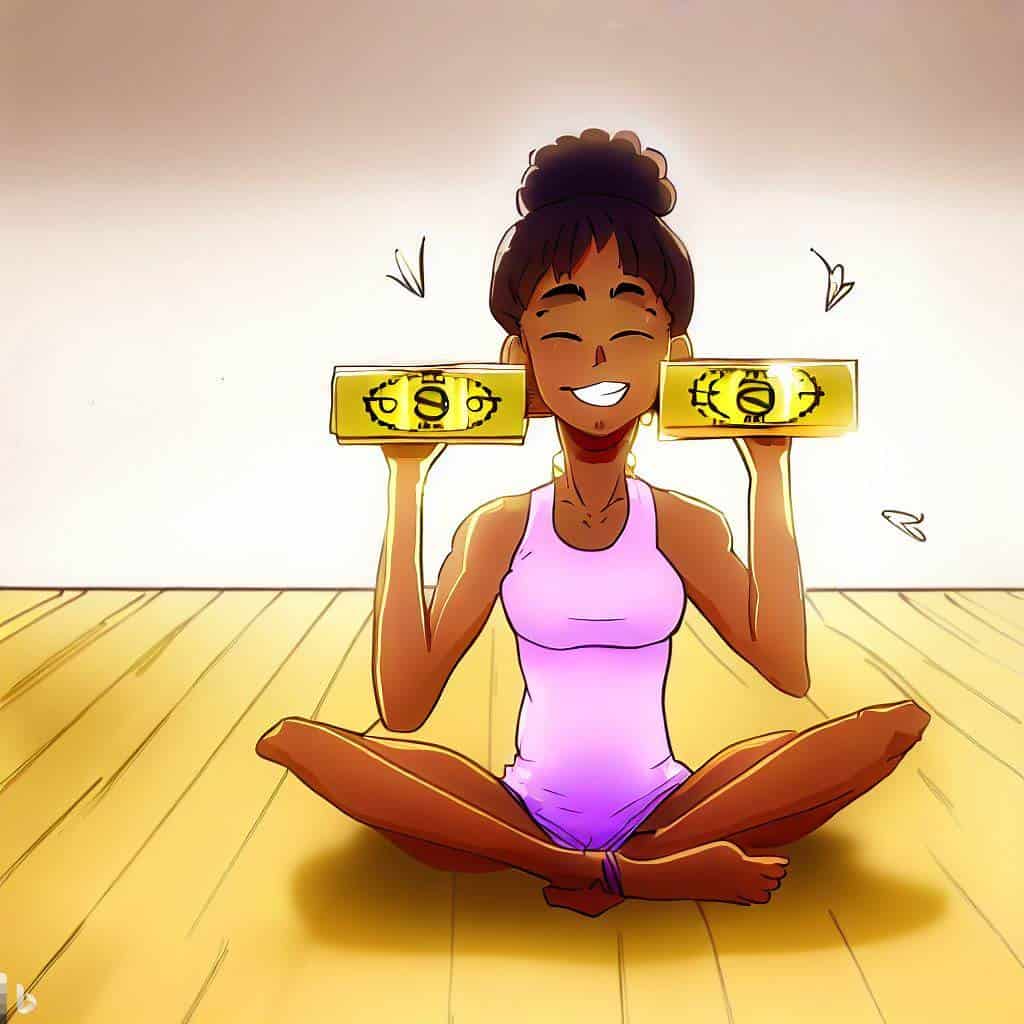
The Importance of Props in Yoga Practice
As a seasoned yogi, I can attest to the fact that using props is essential for a successful and fulfilling yoga practice. Props, such as blocks, straps, and blankets, can help practitioners of all levels achieve proper alignment and deepen their stretches. Yoga block sets are particularly useful because they provide support and stability for poses that may otherwise be too challenging or difficult to perform without assistance.
This article focuses on the on the value of yoga block sets. For those of you looking for the more comprehensive guide to choosing yoga blocks, I suggest this article Block by Block: A Comprehensive Guide to Choosing the Perfect Yoga Block.
- Yoga block sets are worth the investment as they provide support, stability, and proper alignment for yoga practitioners of all levels.
- The benefits of using yoga block sets include increased flexibility, improved posture, enhanced balance, and the ability to achieve deeper stretches.
- There are different types of yoga blocks available, such as foam blocks, cork blocks, and bamboo blocks, each with their own unique features and benefits. It’s important to consider factors like material quality, durability, size, shape, and price when choosing a yoga block set.
The Benefits of Yoga Block Sets
In my opinion, investing in a high-quality yoga block set is undoubtedly worth it. For beginners, blocks can help alleviate any anxiety about not being flexible enough or strong enough to perform certain poses.
The support provided by the blocks can also prevent injury and allow beginners to better understand what proper alignment feels like. Advanced yogis can also benefit from incorporating blocks into their practice.
With increased flexibility comes the opportunity for deeper stretches that would have been unattainable without the use of props. Blocks also provide an excellent opportunity for experimentation and exploration in your practice, allowing you to go beyond your usual routine.
Are They Worth It?
The million-dollar question: are yoga block sets worth the investment? In my experience: absolutely! Investing in a high-quality set will last you years and make your practice more fulfilling overall.
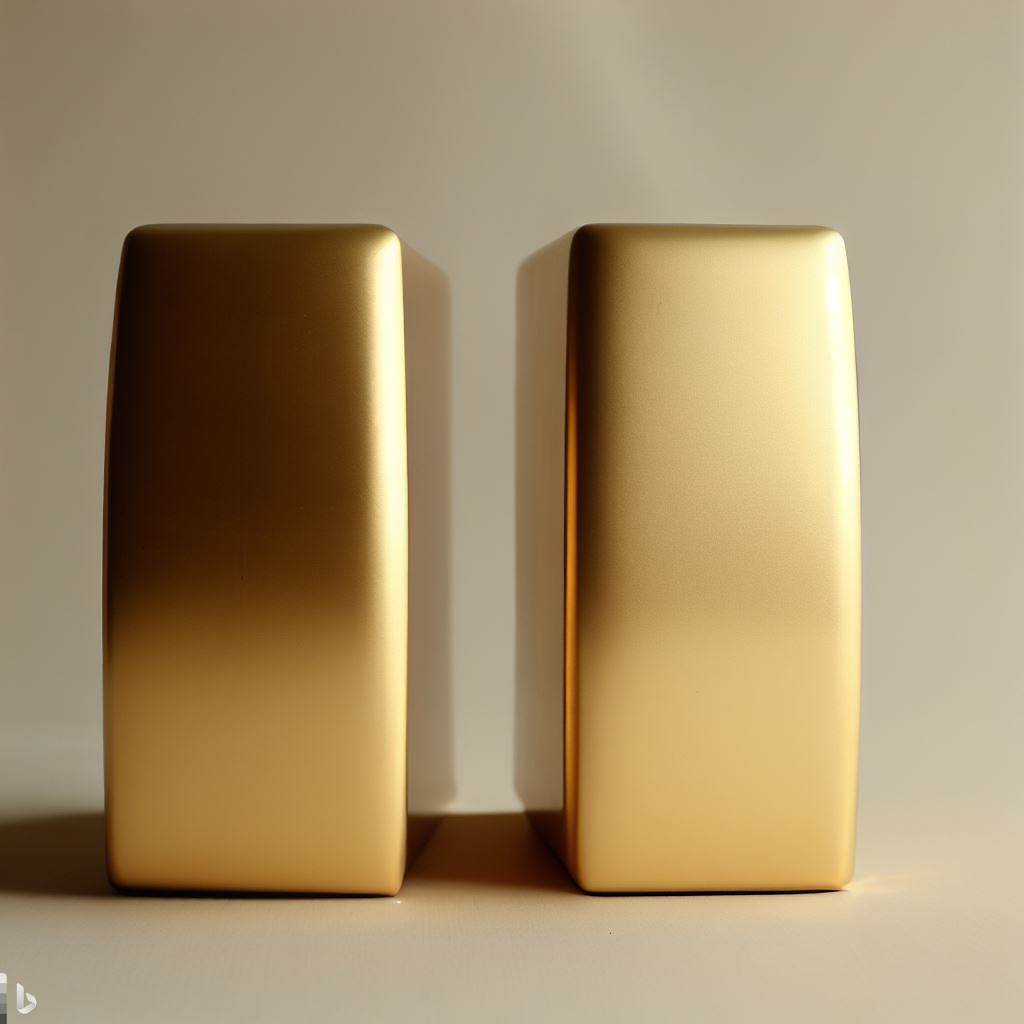
While it’s true that you can use household items as makeshift blocks, these substitutes will not provide the same support and stability as properly designed yoga blocks. Plus, investing in your own set shows a commitment to your practice and self-care – something that is always worth it in my book.
Yoga block sets are an essential tool for any yoga practitioner, providing a range of benefits that can enhance your practice. Whether you’re a beginner or an advanced yogi, there is something to be gained from incorporating these versatile props into your routine.
Support for Beginners and Advanced Yogis Alike
If you’re new to yoga, you might find some poses challenging or even impossible to achieve without proper support. Yoga blocks provide that support by offering height and stability, allowing beginners to safely explore their practice in a way that feels comfortable and manageable. Even experienced yogis can benefit from using blocks as they allow them to deepen their stretches and hold poses for longer periods of time.
Increased Flexibility and Range of Motion
The use of yoga blocks can help increase flexibility by allowing practitioners to modify poses while maintaining proper alignment. For example, if you’re struggling to reach the ground in a forward fold, place a block under your hands to elevate them and decrease the intensity of the stretch. This modification allows you to gradually increase flexibility over time while avoiding injury.
Improved Alignment and Posture
Poor alignment is one of the most common causes of injury in yoga practice. Using blocks can help ensure proper alignment by providing feedback on where your body should be positioned during each pose. Placing a block between your thighs during chair pose, for example, helps engage your inner thighs and keeps your knees from collapsing inward.
Enhanced Balance and Stability
Balance is another important aspect of yoga practice that can be improved through the use of blocks. Placing a block under one foot during tree pose can help stabilize your standing leg so you can focus on finding balance rather than worrying about falling over. Blocks can also be used during balance-focused poses like half moon or warrior III to provide additional support and stability.
Deeper Stretches
Yoga blocks can also help you achieve deeper stretches by providing a greater range of motion. For example, in pigeon pose, placing a block under your hip allows you to lower your body closer to the ground and stretch deeper into your hips. This increased range of motion helps you achieve a more intense stretch without straining your muscles or joints.
Overall, the benefits of yoga block sets are numerous and varied. Whether you’re looking to improve flexibility, enhance balance, deepen stretches or simply maintain proper alignment throughout your practice, incorporating these props into your routine is well worth the investment.
How to Incorporate Yoga Blocks into Your Practice
Yoga blocks aren’t just for beginners – they can enhance your practice at any level! In standing poses like Triangle Pose (Trikonasana), placing a block under your hand can help you reach the ground without compromising proper alignment.
In forward folds like Downward Facing Dog (Adho Mukha Svanasana), placing a block under each hand or under your forehead can help ease tension in the neck and shoulders. Backbends like Bridge Pose (Setu Bandha Sarvangasana) and Wheel Pose (Urdhva Dhanurasana) can benefit from having a block placed between your shoulder blades for support.
Twists like Marichi’s Pose (Marichyasana III) can be deepened by placing a block under the opposite hand and using it to push down into the ground. Arm balances like Crow Pose (Bakasana) and Side Crow (Parsva Bakasana) can be made more accessible by placing a block under your forehead or feet respectively, giving you some extra lift and stability.
Types of Yoga Blocks
There are several types of yoga blocks available on the market today- foam blocks, cork blocks, bamboo blocks – each with its own unique benefits and drawbacks. Personally, I prefer foam yoga blocks because they offer both firmness and cushioning simultaneously- making them comfortable to use while still providing ample support. Cork blocks are eco-friendly but tend to be heavier than other materials; while bamboo is lightweight but not as durable as other options.
Foam Blocks
Foam blocks are perhaps the most common type of yoga block and for good reason – they’re affordable, lightweight, and soft enough to provide a comfortable grip while still being sturdy enough to support your weight. They come in various sizes and colors, making them an easy addition for any yogi’s practice.
However, there is one major drawback to foam blocks: their durability. Foam blocks tend to become misshapen or compressed over time with frequent use or pressure applied during poses.
This not only makes them less effective as props but also less aesthetically pleasing as well. Therefore, if you’re looking for long-term investment in yoga blocks that can withstand heavy usage then foam blocks may not be the best option.
Read more about foam yoga blocks here.
Cork Blocks
Cork blocks are the next level up from foam blocks when it comes to durability and sturdiness. They’re made from natural materials which make them eco-friendly too! They’re denser than foam blocks which means they can support heavier weights without compressing or becoming misshapen over time.
Another great feature of cork blocks is that they provide an excellent non-slip grip due to their rough texture compared with foam blocks that tend to slip on sweaty hands during practice. And since cork is naturally antimicrobial and easy-to-clean material makes them an even better choice for yogis who prioritize hygiene!
Read more about cork yoga blocks here.
Bamboo Blocks
Bamboo yoga block sets are perhaps the most exotic-looking option on this list – but don’t be fooled by their appearance! Bamboo blocks are a great choice for yogis looking for an eco-friendly and sustainable option.
Like cork blocks, they’re sturdy and long-lasting. They can also support heavier weights without compressing or losing their shape.
However, bamboo blocks do have some drawbacks too – they’re not the most comfortable block to grip due to their sleek texture, and their price point tends to be higher than foam or cork blocks. But if you’re willing to invest in a high-quality yoga block set that’s both sustainable and stylish then bamboo blocks are definitely worth considering!
Overall, while each type of yoga block has its own pros and cons, it’s important to choose one that meets your needs and preferences. Whether you opt for lightweight foam blocks, sturdy cork blocks or stylish bamboo ones, adding yoga blocks to your practice can help deepen your stretches, improve your form and take your practice to the next level!
Factors to Consider When Choosing a Yoga Block Set
Yoga blocks are an investment in your practice, and it’s important to choose a set that will meet your needs. One of the most important factors to consider is the material quality and durability. Foam blocks are generally cheaper, but they may not last as long as cork or bamboo blocks.
Cork blocks are eco-friendly and provide a good grip, but they can be heavy and less comfortable than foam blocks. Bamboo blocks are durable and lightweight, but they can be more expensive than foam or cork blocks.
Another factor to consider is size and shape options. Some sets come with different sizes of blocks, which can be useful for different poses or levels of flexibility.
The shape of the block can also make a difference – some have rounded edges for more comfort during poses like supported fish pose, while others have straight edges for stability during standing poses. Of course, price range is also an important consideration.
You don’t want to break the bank on yoga props! Start with buying only one yoga block. If you find you like it and need another one, then buy it later. Also, keep in mind that investing in a high-quality set that will last you for years may ultimately be worth spending a little extra upfront.
Alternatives to Yoga Blocks
If you don’t have yoga blocks or want to save some money, there are alternatives you can use. Books or thick towels can be used in place of blocks – just make sure they’re sturdy enough to support your weight! However, keep in mind that these alternatives may not provide the same level of stability or durability as actual yoga blocks.
There are also some downsides to using substitutes. Books may slip or shift during certain poses, causing you to lose balance.
Thick towels may not provide enough lift if you need it for certain poses. Ultimately, investing in a good set of yoga blocks will likely benefit your practice in the long run.
Conclusion
Yoga block sets can be a valuable addition to your practice, whether you’re a beginner or an advanced yogi. When choosing a set, consider factors like material quality and durability, size and shape options, and price range. Incorporating blocks into standing poses, forward folds, backbends, twists, and arm balances can deepen your practice and enhance alignment.
While household items like books or towels can substitute for blocks in a pinch, investing in actual yoga blocks will likely provide better stability and durability over time. Ultimately, finding the right set for you is worth the investment!
More reading?
This article is part of a series of articles on the topic of choosing the perfect yoga block. Other articles in this series include:
- Types of yoga blocks: Which one is right for you?
- Block It Out: A Comprehensive Comparison of Cork and Foam Yoga Blocks
- Finding Your Perfect Fit: A Comprehensive Guide to Yoga Block Sizes
- A Guide to Choosing the Perfect Shape Yoga Block for Your Practice
- Crafting Your Practice: The Benefits and Art of Customizable Yoga Blocks

